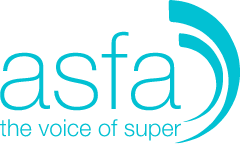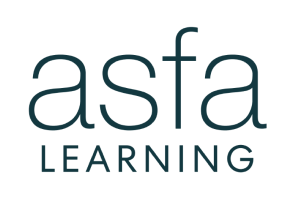Colloquium is a rather strange collective noun but for some reason it has become attached to the annual gathering of superannuation researchers in Australia at the 26th Colloquium on Pensions and Retirement Research held at UNSW (the University of New South Wales).
One of the good things about the Colloquium is the multiplicity of themes and topics that are explored. However, there were some recurring themes.
One such theme was getting the best possible outcomes for members through:
- the provision of advice where appropriate
- framing of options, and
- default outcomes.
However, getting people to do the most sensible thing given their circumstances is a continuing challenge for researchers (and funds).
The bus trip from UNSW to the Colloquium dinner at Darling Harbour was actually an allegory for this.
The charter bus driver had his detailed directions but the drop off zone had been taken over by building works. Despite passengers, mostly me, giving advice on where to turn, the driver persevered with trying different default options and had us heading over the Harbour Bridge to North Sydney, to East Sydney, back to Chinatown and then through the Cross City Tunnel to Rushcutters Bay. The delegates finally disembarked at Town Hall before a probable trip over the Anzac Bridge.
Advice is only effective if somebody trusts you and is willing to listen. Unfortunately too many fund members work off a finance roadmap that is out of date or they trust more in their own judgement. However, increasingly funds are developing apps and other tools to provide members with the financial advice and information equivalent of a GPS unit.
What many members need are simple and clear directions to get their finances from where they are currently to their retirement goal. That said, it is not always easy to provide such navigation given the strict road rules relating to provision of personal financial advice.
One interesting set of research results was that, regardless of information format, merely inviting fund members to top up their retirement savings has an impact. However, more voluntary savings are made if fund members are given projections of both retirement balance and income in retirement. The prospect of falling short of expectations and/or requirements in retirement can have a powerful impact.
However, developing simple and easily implemented financial strategies is not easy. The goal for an individual is not necessarily just to maximise the lump sum available at the time of retirement, nor is it to necessarily de-risk almost entirely during retirement. The role of the Age Pension needs to be taken into account as well.
The Member’s Default Utility Function (MDUF) got a run in a number of papers with some of the authors receiving a prize from David Bell for their innovative use of MDUF. The notion of a utility function which is more than one dimensional is important for evaluation of policy proposals. “Efficiency” of a retirement solution, in the sense of ensuring that while income will continue until death there will be no funds left as a bequest, is only a partial measure of how good a fit a retirement income product will be. Australians also have the comfort of an indexed income stream available for life in the form of the Age Pension, albeit one that is means tested and at a very modest level.
That said, some of the drawdown rules put into action can be pretty simplistic. Another of the research papers found from a sample of 44,000 account based income streams that the dominant rules were either: use the minimum drawdown or withdraw a constant amount. Many members also make periodic ad-hoc drawdowns, suggesting a need for some flexibility and access to capital in retirement products.
I expect that when the researchers gather again next year some familiar topics will be further discussed. Academic research can take some time and there are many challenges for the system which are difficult to research and address. This is not a criticism of research, more a call for further investigation to be undertaken on important aspects of the superannuation system.







